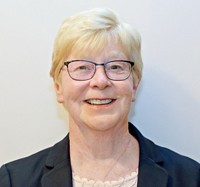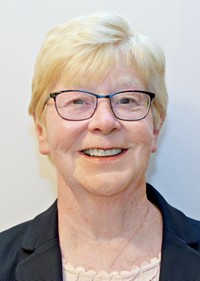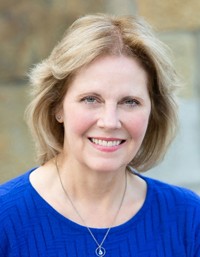Advertisement
Grab your lab coat. Let's get started
Welcome!
Welcome!
Create an account below to get 6 C&EN articles per month, receive newsletters and more - all free.
It seems this is your first time logging in online. Please enter the following information to continue.
As an ACS member you automatically get access to this site. All we need is few more details to create your reading experience.
Not you? Sign in with a different account.
Not you? Sign in with a different account.
ERROR 1
ERROR 1
ERROR 2
ERROR 2
ERROR 2
ERROR 2
ERROR 2
Password and Confirm password must match.
If you have an ACS member number, please enter it here so we can link this account to your membership. (optional)
ERROR 2
ACS values your privacy. By submitting your information, you are gaining access to C&EN and subscribing to our weekly newsletter. We use the information you provide to make your reading experience better, and we will never sell your data to third party members.
Policy
A Report On The Summit On ACS Committee Structure
by James D. Burke, Neil D. Jespersen, and E. Ann Nalley, Cochairs, Summit on ACS Committee Structure
October 8, 2007
| A version of this story appeared in
Volume 85, Issue 41
As was reported in the June 25 issue of C&EN (page 53), the ACS Board of Directors and the Council Policy Committee (CPC) in 2005 jointly appointed a Governance Review Task Force and charged it with reviewing the society's governance and its constitution and bylaws to ensure that the society's governing framework enables it to best fulfill its mission, meet member needs, and remain a world-class organization.
One recommendation of the Governance Review Task Force subsequently approved by the board and CPC was to hold a Summit on ACS Committee Structure to examine the charges of ACS committees; eliminate undesirable duplication of efforts; and, where committees' interests converge, propose means to link their efforts for more productive outcomes. Fifteen ACS committee leaders plus key staff convened in Baltimore on July 6-8 to focus on innovations that could improve the society's effectiveness. At the fall national meeting in Boston, the ACS Board of Directors, CPC, and the Committee on Committees (ConC) received the committee summit report (available on the Web at www.acs.org/governance/summitreport.pdf ).
The summit participants collectively possessed a very broad knowledge of the society's committee structure. They engaged in detailed discussion on the many aspects of how ACS committees function and how the committee structure provides an unrivaled opportunity for member participation in governance. They also identified areas where changes would lead to even greater effectiveness.
The participants assessed the charges and activities of all ACS committees. They agreed on recommendations that are directed to committee chairs, liaisons between committees, ConC, the board, CPC, and specific committees. They also recommended that ConC and the board address specific instances where the charge or activities should be refocused. In general, committee charges looked appropriate, although in some cases, they were specified in the ACS bylaws. As a consequence, the ability of the governance structure to be most responsive in a changing environment is unduly limited.
A major focus of the summit was to improve communications and the relationships between committees. The summit developed broad recommendations on the roles of, and best practices for, liaisons between committees. It suggested that when greater interaction is called for than individual liaisons can provide, joint subcommittees and coalitions should be formed. Recommendations were presented for establishing clear, comprehensive goals; more effective liaison reporting; and liaison activity outside meetings. In addition, specific areas in the committee structure where communication seemed insufficient were identified.
The summit also recommended improvements to the already highly regarded training that ConC provides annually for incoming committee chairs. Specifically proposed for inclusion was the notion that well-prepared committee chairs are key elements of a successful committee structure, and some specific ideas for improving committee-committee relationships are recommended for inclusion in the training curriculum.
The summit also devoted significant time to considering how the committee structure can best support the strategic priorities of the society. A gap analysis revealed several critical issues that no committee or group of committees currently has sufficiently embraced. Hence, interests such as multidisciplinarity, addressing global scientific challenges, graduate education, and online collaboration among chemical scientists were recommended to specific committees for greater focus and attention. Finally, the summit recommended that the Planning Committee, ConC, the board, and CPC regularly monitor the alignment of the committee structure with the ACS strategic plan and make assignments and adjustments as necessary to respond to key issues.
The summit chairs are in accordance with the June 25 ACS Comment in C&EN, which stated, "Certainly, changes to an organization as successful as ACS are not made lightly." Indeed, the summit participants' appreciation of the society's significant and storied history underlay their suggested improvements to the committee structure that will strengthen their partnership and better position the society as it works toward "Improving people's lives through the transforming power of chemistry."
Views expressed on this page are those of the author and not necessarily those of ACS.








Join the conversation
Contact the reporter
Submit a Letter to the Editor for publication
Engage with us on Twitter